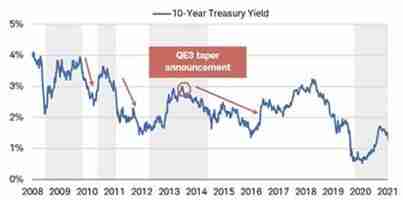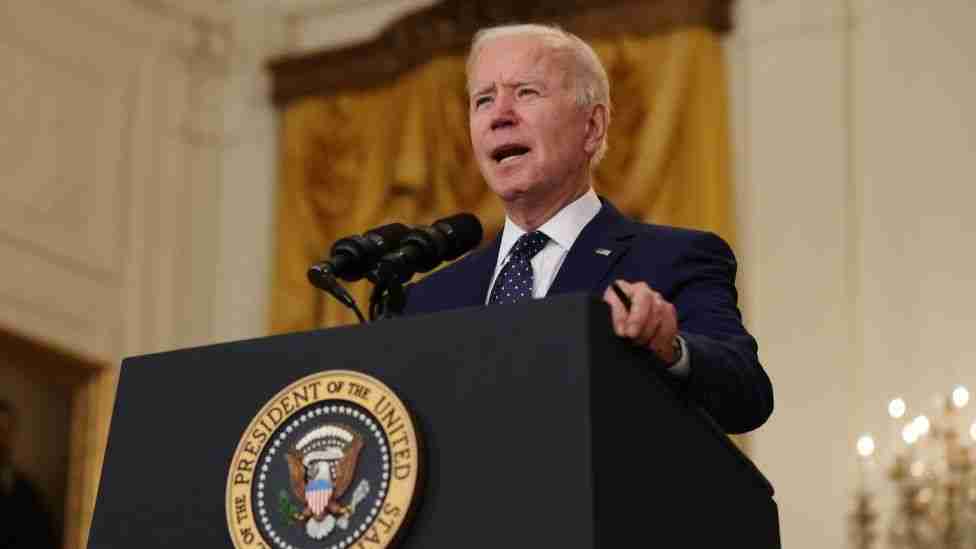April 16, 2018
What is a Tariff?
Quite simply a tariff is a tax on imports or exports. Tariffs are used by sovereign countries to protect domestic industries from competition and/or to generate revenues. They can be in the form of a fixed percentage of the price of a good or a fixed dollar amount. Tariffs make it more expensive for the users of foreign goods from the resulting tax. This can lead to a decline in imports and subsequent supply of the product which in turn increases prices. Many times domestic producers will try to increase their output to match the demand alleviating some of the price pressure.
The lowering of trade barriers coupled with globalization has led to rapid expansion of trade around the world. The expansion has produced greater global growth and higher standards of living. Imports and exports are generally seen as positive for economies because they help consumers and encourage producers to specialize in their field of expertise.1
A tariff enacted on a country by another can escalate into a tit-for-tat and has the potential to turn into a trade war hurting profits of companies in the affected industries. The threat of a trade war creates uncertainty and can distress financial markets as we have seen lately when investors focus on a potential slowdown in growth.
The History of United States Tariffs
Tariffs have historically served a key role in America’s foreign trade policy. During the 1800’s the federal government was largely financed by tariffs.2 When the Great Depression occurred, international trade shrank drastically. The Smoot-Hawley Tariff Act of 1930 raised tariffs, but by the time the bill had passed, the world had already slumped into recession and trading had ground to a halt. The addition of the new tariffs backfired, as the major world economies and other industrial countries retaliated with their own tariffs and special bilateral trade deals. American imports and exports both went into a nosedive. The Great Depression was the catalyst for a change in policy. The Reciprocal Trade Agreements Act of 1934 authorized the executive branch to negotiate bilateral tariff reduction agreements with other countries.3 The general view was that loosening trade restrictions prior to World War II helped to generate economic growth, allowing the U.S. to prosper.2
President Trump is not the first and will not be the last President to announce protectionist curbs on trade using unilateral tariffs on imports. The general consensus is that the administration views free trade skeptically and doesn’t seem to like multilateral trade deals which they see as unfavorable for the United States.1 That being said we are now in an era of relatively free trade as tariffs fell from 30% of imports in 1900 to 5% in 1945 and to 1.5% recently which is at historic lows.4
The U.S. China War of Words
The world is witnessing a quarrel between its largest economies, China and the United States. China has grown over the past two decades to become the world’s largest exporter, accounting for over 13% of the total exports. Foreign businesses operating in Communist China mainly do so on China’s terms. Its plan ‘Made in China 2025’ attempts to use government support and taxation of imports to become the global frontrunner in ten separate industries.5
This current disagreement started in early March when President Trump announced tariffs of 25% on steel imports and 10% on aluminum (excluding Canada and Mexico) as a way to protect these American industries. China, being the
world’s biggest steel exporter, labeled the tariffs a serious attack on international trade and said it will take firm action if Chinese businesses suffer losses as a result. Previous trade restrictions like tariffs on solar panels and washing machines
announced in January had precedent under the routine processes of the World Trade Organization (WTO).6 The more recent proposed tariffs were based on a ‘threat to national security’ citing a report released by the Commerce Department finding the U.S. military and critical industries need a domestic supply of steel which imports were putting at risk. The tariff announcement against China however may also be in response to the large and growing trade deficit and the Chinese continuing theft of U.S. cyber and intellectual property. According to Reuters, top Trump officials also want China to cut tariffs on imported cars, allow foreign majority ownership of financial services firms and purchase more U.S. made semiconductors.
After the first announcement of steel and aluminum tariffs, Beijing retaliated by imposing tariffs on U.S. imports worth around $3 billion. Then in early April, Trump again announced 25% tariffs on an additional $50 to $60 billion or 1,300 products that the Chinese export to the U.S. including aerospace, information and communication technology and machinery. The Chinese retaliated with planned tariffs on U.S. goods aimed at large powerful industries such as aircraft and soybeans in an attempt pressure the lobbyists and divide the politicians.7 Trump’s latest threat was to raise the tariffs so that China could not respond equally since the U.S. exports far fewer goods to China. One can see how tariffs and protectionism can escalate quickly and lead to retaliatory actions especially in today’s society where information travels so quickly. The hope is that this is all just a negotiating tool on both sides.
In the latest development on April 10th, China’s President XI JinPing pledged to open the country to wider foreign competition which should help to ease the trade dispute. He vowed to cut Chinese auto tariffs, allow more competition in banking and better respect intellectual property. Stock markets worldwide rallied on the news. It is a welcome development, but action is needed as promises similar to this have been broken before.8 Over the next two months America’s tariff proposals will be open for public review and there is no timetable for tariffs to be implemented.
Effect on the Markets, Economy and Investments
The markets crave certainty and the announcement of possible tariffs and talks of a trade war lead to just the opposite. This uncertainty could suppress worldwide growth prospects. Most economists say that imposing substantial tariffs carries more risk than benefits including rising production and consumer costs, lower business and consumer confidence, layoffs, equity market downturns and rising interest rates due to higher credit risk and inflation.9
We do not foresee a full blown trade war and many of these threats are just the basis for negotiations. In the end we believe that there will be concessions on both sides. If however, we get some additional, more limited forms of protectionism, we believe that the following investments will outperform:
- Companies with higher domestic sales exposure including small cap stocks
- Positions in more defensive industries that don’t depend on trade such as utilities and real estate
- Sectors with industries that the U.S. tariffs are attempting to protect such as steel and aluminum
- Countries not affected by a tariffs between U.S. and China and not dependent on imports from these countries
- Cash or U.S. government bonds in a flight to safety in an equity market decline
-Jeff Grodsky, CFP®, QKA
Sources
1 The Economist “The threat to world trade” March 10, 2018
2 Internationalecon.com “US Tariff Policy: Historical Notes”
3 Investopedia.com “Smoot-Hawley Tariff Act”
4 New York Post “The Secret History of Tariffs” March 9, 2018
5 The Economist “What the West got wrong” March 3, 2018
6 The Economist “Massive Attack” March 10, 2018
7 The Economist “Blow for blow” April 7, 2018
8 Associated Press “China president’s conciliatory trade gesture raises optimism” April 10, 2018
9 Manning-Napier.com “Escalating Risks of Protectionism and Tariffs” March 22, 2018











